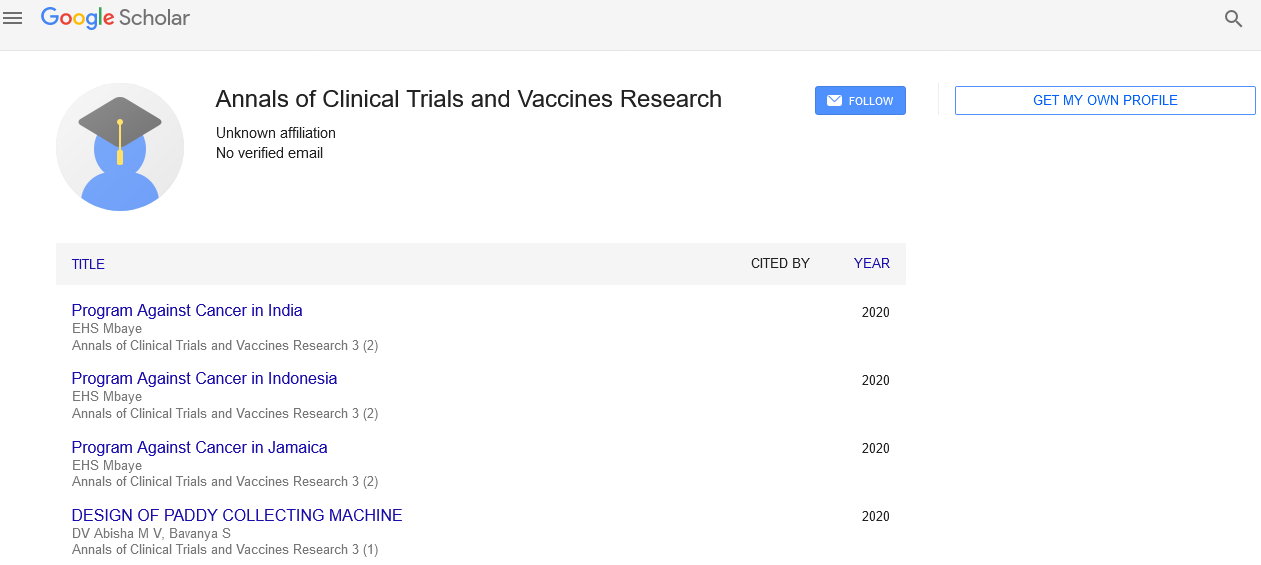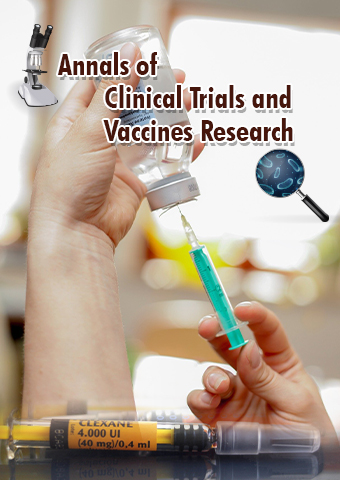Perspective - Annals of Clinical Trials and Vaccines Research (2024) Volume 14, Issue 6
Research Involved in R&D for Gene Therapy
- Corresponding Author:
- Cesqurie Albeckin
Department of Biochemistry, University of Pesmes, Pesmes, France
E-mail: albeckin@cesgmai.com
Received: 27-Nov-2024, Manuscript No. ACTVR-24-153438; Editor assigned: 02-Dec-2024, Pre QC No. ACTVR-24-153438 (PQ); Reviewed: 16-Dec-2024, QC No. ACTVR-24-153438; Revised: 21-Dec-2024, Manuscript No. ACTVR-24-153438 (R); Published: 28-Dec-2024, DOI: 10.37532/ACTVR.2024.14(6).304-305
Introduction
Gene therapy represents one of the most promising and complex frontiers in medical science. By targeting the root causes of genetic disorders, it offers hope for curing previously untreatable conditions. However, the Research and Development (R&D) process for gene therapy is intricate and multifaceted, involving cutting-edge technologies, rigorous testing, and multi-disciplinary collaboration. This article delves into the key research components that underpin the R&D process for gene therapy.
Description
Understanding genetic pathways
The foundation of any gene therapy project begins with a deep understanding of the genetic basis of the disease. Researchers must: Identify and characterize the gene(s) responsible for the condition. Map out the genetic pathways involved, including how specific mutations disrupt normal physiological processes. Determine the type of genetic intervention required, such as gene addition, silencing, or editing. Techniques like Next-Generation Sequencing (NGS) and CRISPR-based screening have revolutionized this stage by enabling precise and efficient analysis of genetic anomalies.
Vector development
Vectors are the vehicles that deliver therapeutic genes into target cells. The development and optimization of these vectors is a critical R&D focus:
Viral vectors: Adeno-Associated Viruses (AAV), lentiviruses, and retroviruses are commonly used. Each has unique advantages and limitations in terms of safety, efficiency, and tissue targeting.
Non-viral vectors: Lipid nanoparticles and other synthetic systems offer alternatives that reduce immunogenicity and improve scalability.
Research in this area emphasizes improving vector safety profiles, increasing delivery efficiency, and minimizing off-target effects.
Preclinical studies
Before a gene therapy can enter clinical trials, it must undergo extensive preclinical evaluation:
In vitro studies: Researchers test the therapy on cultured cells to evaluate its ability to correct genetic defects.
In vivo models: Animal studies assess the therapy’s efficacy, biodistribution, and safety in a living organism.
Advanced models, such as patient-derived organoids and genetically modified animals, are increasingly being used to provide more clinically relevant data.
Safety and immunogenicity testing
Gene therapies face unique safety challenges, particularly concerning immune responses:
The immune system may recognize the vector or the therapeutic protein as foreign, leading to inflammation or rejection.
Long-term safety must also be assessed to rule out risks like insertional mutagenesis, where the integration of the gene disrupts essential host genes.
Emerging research focuses on engineering stealth vectors and developing immunosuppressive protocols to overcome these hurdles.
Scalability and manufacturing
Once a gene therapy demonstrates promise, researchers must ensure it can be produced at scale without compromising quality:
Process development: R&D teams optimize production methods, often using bioreactors for viral vector production or chemical synthesis for non-viral systems.
Quality control: Rigorous testing ensures that the final product meets stringent regulatory standards for purity, potency, and stability.
Innovations such as modular manufacturing platforms and continuous bioprocessing are helping streamline production.
Clinical trial design
Gene therapy trials require meticulous planning to address unique challenges:
Patient selection: Identifying suitable candidates often involves genetic screening to ensure compatibility with the therapy.
Dose optimization: Researchers must balance efficacy with safety, especially given the potential for severe adverse events.
Endpoints: Unlike traditional drugs, gene therapies often aim for long-term or permanent effects, necessitating novel metrics to measure success.
Adaptive trial designs are increasingly used to incorporate data-driven adjustments as studies progress.
Regulatory challenges
Navigating the regulatory landscape is a key aspect of R&D:
Authorities like the FDA and EMA have established frameworks for gene therapies, but these are constantly evolving to keep pace with scientific advancements.
Researchers must compile comprehensive data on safety, efficacy, and manufacturing processes to obtain approval.
Collaborations with regulatory agencies during the development phase can help streamline the approval process.
Emerging Technologies in Gene Therapy R&D
Research in gene therapy is benefiting from a host of cutting-edge technologies:
Artificial Intelligence (AI): AI-driven algorithms are accelerating the discovery of disease-causing genes and predicting vector-target interactions.
CRISPR-Cas Systems: Beyond editing, CRISPR tools are being developed for gene regulation and epigenetic modifications.
Single-cell sequencing: This technique enables researchers to study therapy effects at unprecedented resolution.
These technologies are driving innovation and opening new possibilities for treating complex diseases.
Conclusion
Gene therapy R&D is a dynamic and evolving field that demands relentless innovation and collaboration. By addressing the technical, safety, and regulatory challenges, researchers are paving the way for transformative treatments that could redefine modern medicine. As the field progresses, the dream of curing genetic diseases at their source is becoming an achievable reality.

